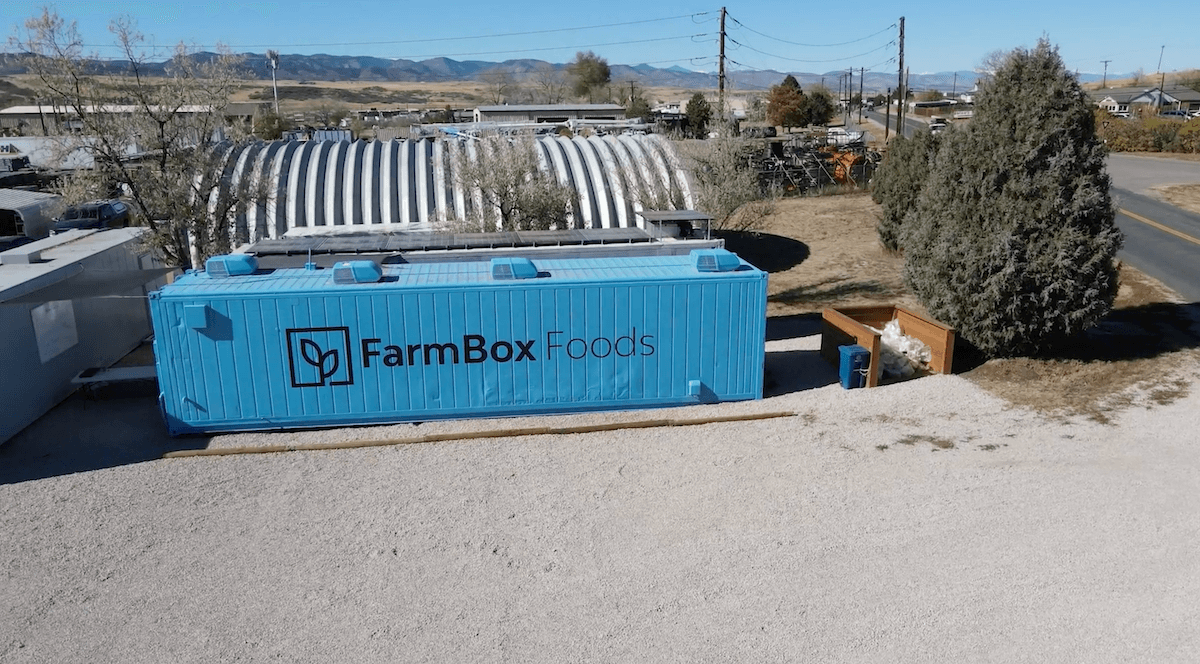ImpactAlpha, Aug. 31 – Small business relief funding efforts are bogged down in Washington. But a growing network of state governments and private funders are backing community-based lenders to provide critical capital for small businesses trying to recover from the COVID crisis.
The California Rebuilding Fund, greenlighted by state officials last week, boosts the lending capacity of community development financial institutions, or CDFIs, to make low-interest, flexible loans to businesses with fewer than 50 employees and less than $2.5 million in annual revenue, with an emphasis on those in historically underserved communities.
The California fund is modeled after the New York Forward Loan Fund, launched in late May by New York Gov. Andrew Cuomo. Both funds were designed with help from Calvert Impact Capital in Bethesda, Md., and Minneapolis-based Community Reinvestment Fund, who first piloted the idea in Chicago in March as the first COVID shutdowns began. Calvert Impact Capital lead arranger for the California fund, and CRF is serving as technical services provider.
An effort to create a similar fund across thirteen Southeastern states is also underway.
New York’s $100 million loan fund for small businesses is a model for a $1 billion national fund
The California fund is managed by San Francisco-based microlender Kiva and is anchored by a $25 million commitment from the California Infrastructure and Economic Development Bank. The fund will buy loans off the books of CDFIs to free up capital for further lending. A loan application front-end streamlines the application process and matches small businesses with participating lenders.
Community Recovery
The “community recovery vehicle” model is designed to address structural obstacles that have prevented more capital from flowing through the financial capillaries that serve hard to reach businesses.
“There has been a massive underinvestment in the market infrastructure around CDFIs for the last 30-plus years,” says Calvert Impact Capital’s Beth Bafford. “From the beginning, the goal was to create this kind of infrastructure for CDFIs so they can more proactively lend in this moment,” added Bafford.
Bafford and others involved in the effort are pursuing regional efforts, but the goal is to create a national program backstopped by the federal government.
Agents of Impact call recap: 10x’ing community capital (audio)
If the COVID crisis has shone a light on the critical role CDFIs play, it has also underscored their structural disadvantages. Most, though not all, CDFIs are nonprofit loan funds. As such, they are unable to raise equity to boost their balance sheets and lending capacity.
The centerpiece of the community recovery vehicle is a special purpose vehicle set up to buy 95% of the loans made by CDFIs, in effect creating a secondary market for the loans. Such liquidity facilities exist for Small Business Administration-backed loans made by banks. And the Federal Reserve has been bought billions of dollars of corporate-issued debt under COVID response programs. But few such programs have been available for CDFIs.
Innovative CDFIs scale up to help underserved communities move from relief to recovery
The goal, Bafford says, is balancing the “special sauce” of CDFIs – their ability to originate non-standard financing deals based on the needs of their community – with scale and liquidity.
Liquidity crunch
The demand is potentially enormous. The federal Paycheck Protection Program, which expired in early August, doled out some $500 billion in potentially forgivable loans. However, the design of the hastily crafted program and its reliance on banking relationships favored bigger, well connected companies. The program reached less than 1% of eligible businesses, according to one analysis.
The CDFI-centered programs, in contrast, are designed to reach truly small businesses and prioritize those in historically underserved communities. These businesses, often owned by immigrants and entrepreneurs of color, are key job creators.
Since its launch, the New York Forward fund has received over $570 million in loan requests from 10,000 eligible small businesses, nonprofits, and landlords. More than 80% have five or fewer employees, 70% have annual sales under $250,000, and more than 60% are owned by women and/or people of color.
“The communities that CDFIs serve live in crisis every day,” said James Bason of TruFund, a New York-based CDFI that participated in the New York Forward Loan Fund.
The model removes some of the time and resource constraints that limit the ability of CDFIs to have more impact. Because they make loans to what are perceived as riskier businesses than banks lend to, CDFIs must raise funds to cover potential losses, on top of capital to support operations and provide technical assistance to small businesses.
“This program has completely liberated us from all of that,” says Bason. “Now we can focus on executing and delivering capital to communities.”
TruFund also lends in Louisiana, Alabama and Texas, and is part of the coalition developing a similar model in the Southeast, known as the Southern Opportunity and Resilience fund, or SOAR. In lieu of a state seeding the fund, the coalition is in the process of raising money from philanthropic and private funders.
SOAR is initially targeting a $150 million fund, with potential to increase to $500 million. It would lend across 13 states including Alabama, Arkansas, Tennessee, Texas and Louisiana – some of which are reeling from a one-two punch of COVID and Hurricane Laura. In addition to TruFund, CDFIs in the effort include LiftFund, Pathway Lending, Southern Bancorp Community Lenders, Natural Capital Investment Fund, ACE, People Fund and BCL.
In a region where small business capital is already scarce, SOAR “would be a significant game changer,” says Bason.
National model
The California Rebuilding Fund will provide another opportunity to build a case for a federally-supported fund that would provide the financial infrastructure that has been lacking. The country’s most populous state has some 4 million small businesses, according to the Small Business Administration. Up to 40% of are at risk of failing in the wake of COVID, particularly businesses owned by entrepreneurs of color.
The program will make 5-year loans with a 4.25 percent interest rate to businesses with fewer than 50 or fewer full-time employees and less than $2.5 million in annual revenue. The first year will be interest-only.
The goal is to leverage the state funding to raise up to $1 billion in low-interest debt financing for CDFIs in the form of credit facilities and promissory notes from private foundations, family offices, and financial institutions. Participating lenders include Opportunity Fund, Accion, CDC Small Business Finance and Pacific Community Ventures.
Said Opportunity Fund’s Luz Urrutia, “If we do not act quickly and intentionally, this multi-layered crisis may wipe out an entire segment of California’s economy – very small businesses.”











